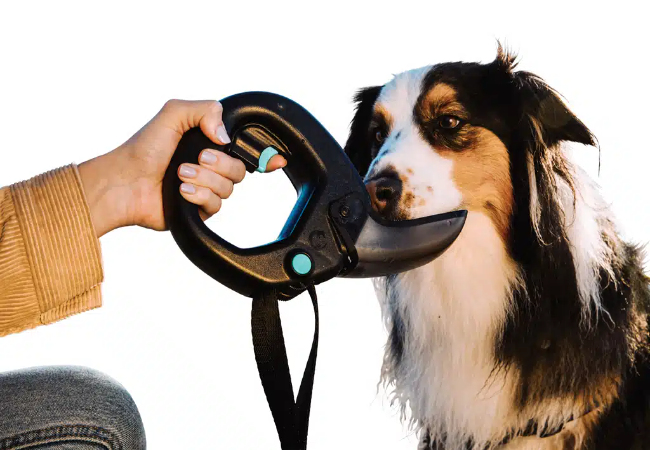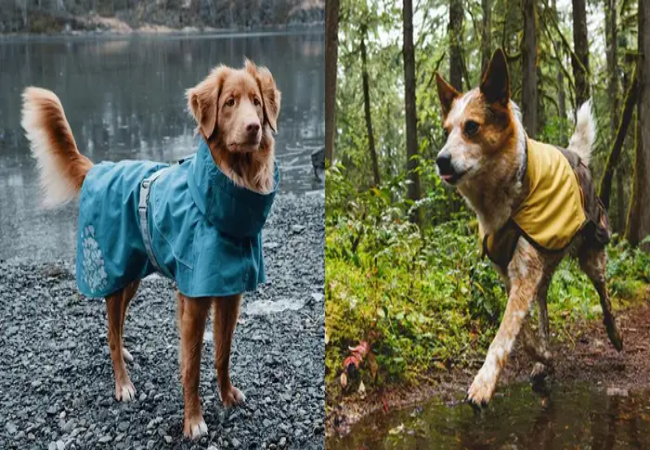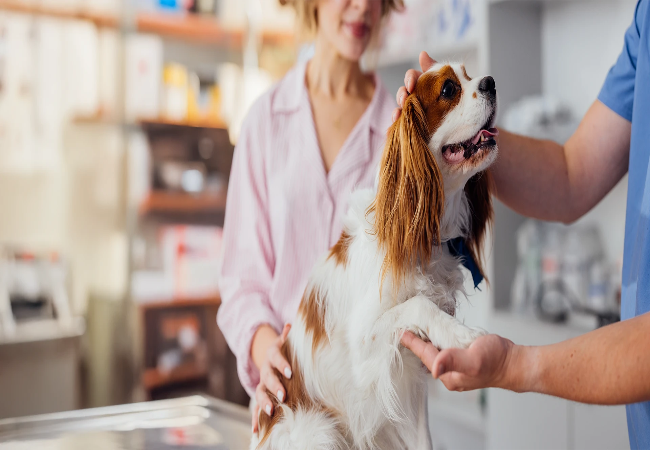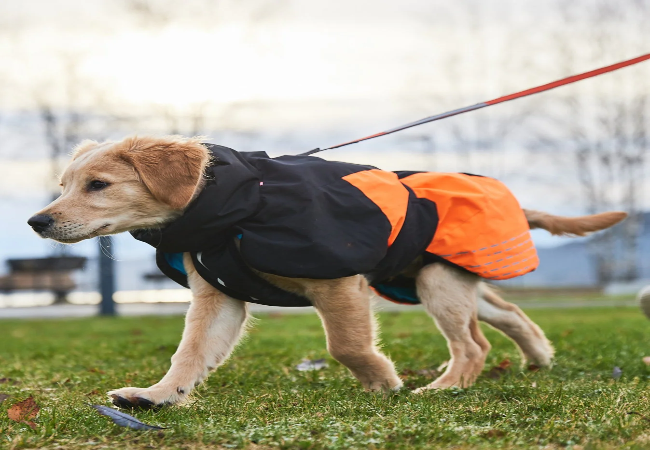Dog Weight 2025: Vet-Approved Guide to Overweight, Underweight & Ideal 🐶✨
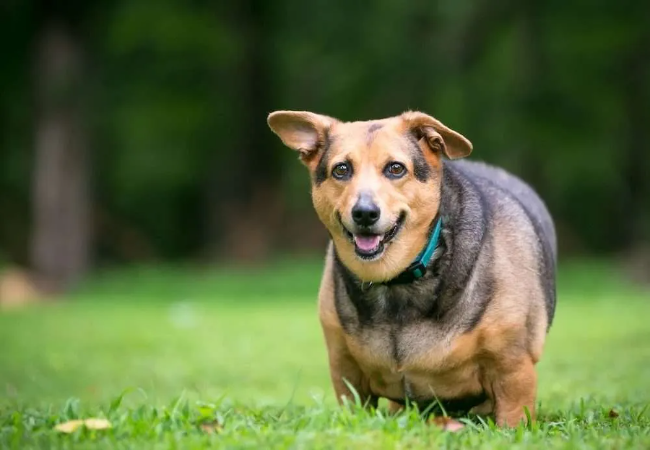
In this article
Dog Weight 2025: Vet-Approved Guide to Overweight, Underweight & Ideal 🐶✨
By Dr. Duncan Houston BVSc
Maintaining a healthy weight is crucial for your dog’s overall well-being. Dogs that are overweight or underweight are at higher risk for health issues, including joint problems, heart disease, diabetes, and decreased lifespan. Fortunately, there are several ways you can assess your dog’s body condition at home.
1. Rib Check 🐶
One of the simplest ways to assess your dog’s weight is by feeling their ribs:
-
Ideal Weight: You should be able to feel your dog’s ribs easily with a gentle touch, without pressing too hard.
-
Overweight: If you cannot feel the ribs without pressing firmly, your dog may be carrying extra fat.
-
Underweight: If the ribs are very prominent or visible from a distance, your dog may be underweight.
This tactile method is effective because fat tends to accumulate around the ribs first.
2. Profile Check 👀
Looking at your dog’s side profile can reveal important clues:
-
Ideal Weight: The abdomen should tuck up behind the ribs, creating a slight hourglass shape.
-
Overweight: If the abdomen hangs down or there is no noticeable waistline, your dog may be overweight.
-
Underweight: If the abdomen is sharply tucked or the body appears frail, your dog might be underweight.
This method helps you see overall body shape, not just fat around the ribs.
3. Overhead Check 🔭
Viewing your dog from above is another excellent way to gauge their weight:
-
Ideal Weight: There should be a noticeable waist between the ribs and hips.
-
Overweight: A broad, flat back without a visible waistline may indicate extra fat.
-
Underweight: If the waist is extremely narrow and the spine or hip bones protrude sharply, your dog may need more nutrition.
This check works well for all breeds but is especially useful for medium and large dogs.
4. Tail Base Assessment 🐾
The area around your dog’s tail can indicate body fat levels:
-
Ideal Weight: You should feel a thin layer of fat covering the base of the tail.
-
Overweight: If you cannot feel the bones at all due to excess fat, your dog may be overweight.
-
Underweight: If the bones are protruding or there’s almost no fat, your dog may be underweight.
This area is commonly overlooked but is an important indicator of body condition.
5. Additional Signs of Being Underweight ⚠️
Dogs that are too thin often show other visible signs:
-
Prominent vertebrae, ribs, and pelvic bones.
-
Little to no fat on the body.
-
Lack of muscle mass, leading to a bony or frail appearance.
Underweight dogs may have health issues, malnutrition, or digestive problems that require veterinary attention.
6. Additional Signs of Being Overweight or Obese ⚠️
Dogs on the heavier side may also display:
-
No discernible waist from above or the side.
-
A stomach that sags or appears distended.
-
Difficulty feeling ribs, tail base, or pelvic bones.
-
Reduced mobility, lethargy, or difficulty exercising.
Obesity increases the risk of joint problems, diabetes, and heart disease, so it’s important to address it promptly.
7. Breed Differences 🐕
Remember, different breeds have naturally different body shapes:
-
Greyhounds and Whippets naturally have slim, tucked waists.
-
Bulldogs and Basset Hounds may have a stockier build even at a healthy weight.
Always consider breed-specific characteristics when assessing weight.
8. When to Consult a Veterinarian 🩺
If you’re unsure about your dog’s weight or if you notice rapid changes, consult your vet. A veterinarian can:
-
Perform a full-body condition scoring.
-
Provide breed-specific guidance.
-
Recommend diet plans, exercise routines, and lifestyle adjustments.
🐾 Final Thoughts
Maintaining an ideal weight is vital for your dog’s health and longevity. Regularly checking ribs, waist, tail base, and overall profile, combined with proper diet and exercise, can help keep your dog fit and happy.
